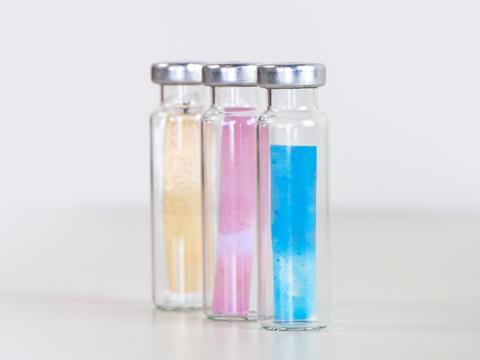
AIMPLAS has launched the SafetySenseO2 project to develop a printed sensor with the capacity to detect the presence of oxygen inside packaging.
The company hopes that this will make it possible to detect in-line defects in modified atmosphere packaging (MAP) in a non-destructive and economical way, as well as during transportation and storage. In addition, the oxygen sensor will reportedly provide the consumer with information about the quality and safety of the food at all times, with the goal of reducing the risk of food poisoning.
According to AIMPLAS, this solution will involve an improvement on other solutions on the market, since SafetySenseO2 will be embedded in the structure of the packaging. It also expects this new mechanism to achieve greater acceptance by consumers, since it reportedly removes the need to include indicator tablets.
The company says that oxygen is one of the main causes of degradation in food since it contributes to the growth of aerobic microorganisms and the oxidative rancidification of lipids and destroys fat-soluble vitamins such as vitamins A and E. Given oxygen’s key role is important in food spoilage, most foods are packaged under modified atmosphere (MAP) to extend their shelf-life. But, according to the company, the major problem with MAP is the lack of a simple and inexpensive oxygen indicator to guarantee 100% the integrity of the food.
Currently, AIMPLAS argues, there are commercial solutions in the form of tablets or labels to measure the oxygen levels in packaging, but these are expensive and difficult to manage, understand and embed in packaging.
According to Lola Gómez, researcher at AIMPLAS, “this oxygen sensor can have other applications in the packaging and pharmaceutical sectors. For example, it could be very useful to monitor the operation of oxygen scavengers in active packaging, since it is currently impossible to know when it has reached saturation”.
The project is funded by the Valencian Innovation Agency (AVI) as part of its financial aid programme to encourage companies to transfer and exploit R&D&I results from research centres.

















